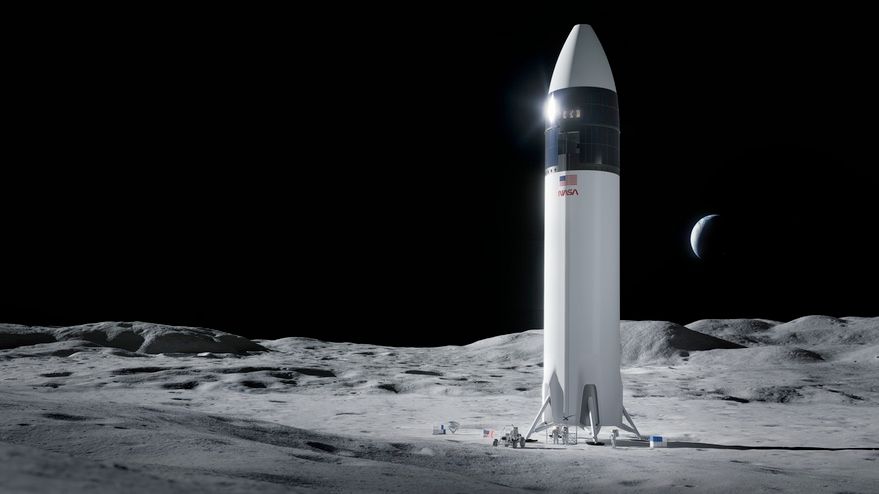Ares I First Stage will be Tested August 25 at ATK’s Facility
Promontory, Utah, July 20, 2009 – NASA and Alliant Techsystems (NYSE: ATK) marked a major milestone on the 40th anniversary of Apollo 11 landing on the moon, signifying the next steps in space travel to the moon and beyond, as they unveiled the first completed Ares I first stage five-segment solid rocket booster.
The unveiling commenced as the movable structure that houses the booster was rolled off to reveal the Ares I first stage motor. The completed rocket was installed horizontally in a test stand that was modified from the space shuttle’s four-segment configuration to fit the new five-segment Ares I booster. Instrumentation will be installed over the next month in preparation for the first major ground test of the NASA Constellation program August 25.
“As we reflect back 40 years to when man first stepped on the moon, we also look forward to continuing America’s heritage of space exploration,” said Mike Kahn, executive vice president, ATK Space Systems. “The booster we’ve unveiled today brings us a step closer to continuing that legacy.”
The Ares I first stage has been under development since 2005. Based on the design of the space shuttle’s four-segment booster, the first stage differs from its predecessor in a few ways. These include the addition of a fifth segment, changes to the propellant grain, a larger nozzle opening and upgraded insulation and liner.
The propellant and cases remain the same as those used for more than three decades on the Space Shuttle Program. In fact, the cases used in this Ares I first stage ground test have collectively flown on 48 previous shuttle missions, including STS-1, the very first flight.
“Because we are using shuttle boosters in the design of the Ares I first stage, we are able to leverage decades of ground tests and shuttle flight processes,” said Kahn. “Our streamlined processes, quality and infrastructure, combined with the knowledge and lessons learned that have been transferred to the Ares I first stage program, go a long way to ensure mission success for the human spaceflight program.”
NASA’s Ares I launch vehicle will launch the Orion crew exploration vehicle for missions to the International Space Station and the Moon. ATK is the prime contractor for the first stage five segment solid rocket booster. The upcoming test will provide data to better understand how Ares I will perform.
ATK is a premier aerospace and defense company with more than 18,000 employees in 22 states, Puerto Rico and internationally, and revenues in excess of $4.7 billion. News and information can be found on the Internet at www.atk.com.






